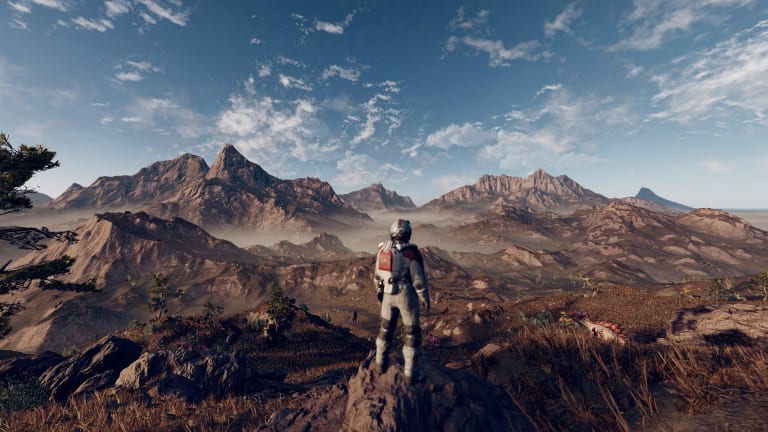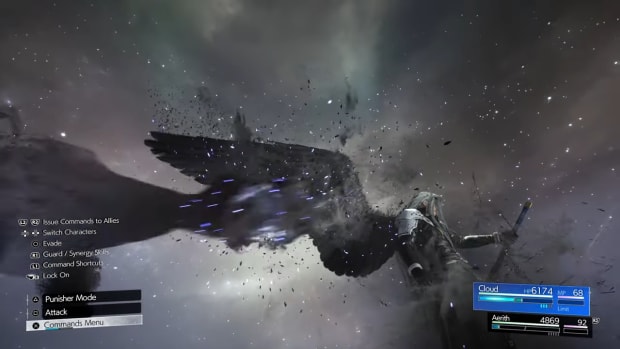
Starfield announces AMD as exclusive partner on PC

AMD and Bethesda have announced an exclusive partnership regarding Starfield, the upcoming space RPG created by the Skyrim developer. This means that Starfield is being built with AMD’s technology in mind, which is going to be great for anyone with an AMD GPU in their PC.
It’s not great for everyone else, though: AMD’s FSR technology is regarded as inferior to Nvidia’s DLSS among gamers.
Both technologies are supposed to do similar things: upscale lower resolution images to reduce the workload of devices and make games look better overall. However, DLSS is hardware-based while FSR is software-based, and Nvidia’s approach just seems to work more effectively.
DLSS has seen a very fast rate of adoption among high-end video games and while Nvidia often partners up with developers, tech from AMD and Intel is consistently available from launch day for games coming out of these “exclusive” collaborations – that’s not so much the case with AMD: Only a small minority of games developed with them as an exclusive partner got support for DLSS at any point after their release. Resident Evil 4 Remake, Dead Island 2, and Star Wars Jedi: Survivor are still not supported, for example.
This is what’s worrying PC gaming fans about the Starfield announcement.
While FSR is the technology that’s available on more GPUs (since DLSS requires specific hardware), it’s simply not as good, and ideally both types should be supported by games. There is always the hope that modders can implement DLSS as they have done in some cases, but in one of PC's biggest releases this year it should really have official support from the start.



